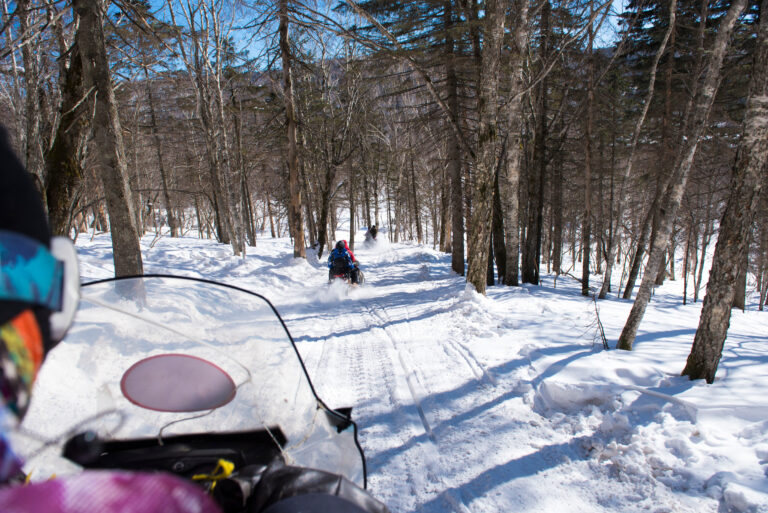Second Wind: One Woman’s Midlife Quest To Run Seven Marathons On Seven Continents
Cami Ostman
Seal Press, 2010, 304 pages
“No one says, “This [fill in the blank] is going to be one of the most radical rites of passage you will ever travel through, so pay attention.” Someone just says, “Okay, go ahead now,” and you find yourself in the middle of an unexpected lightening storm with your life flashing before you.” – Cami Ostman, book excerpt.
At the heart of every marathon story there is a journey to the starting line. While no two journeys are the same, Ostman stretches her marathon journey to include all seven continents. Fueled by a quest to expand her horizons and increase her personal growth, she stretches herself and bares everything including the training struggles, the painful humility, and the off-the-wall logistics necessary to complete her goal.
She battles flooding in Panama, significant travel illness in South Africa, and situations in Prague so strange they’re almost unbelievable. Touched by each new race and each new culture, she develops as a runner. And her gritty descriptions of long-distance running keep the reader continually moving forward.
Marathons lend themselves all too easily to metaphors about finding your own pace, and the use of running as therapy and life-transformation. Truth be told, Ostman is a marriage and family counselor, and there are a couple points where she over-analyzes her over-analyzing. However, the next race on the next continent remains the rudder of the story, and the course of the book is always fixed on how she manages to make it happen.
The biggest testament to her strength and the greatest inspirational point of the entire book stem from Ostman’s honest, back-of-the-pack faithfulness. Taken as a whole, the seven continent marathon goal is ambitious and difficult even for a wealthy or exceptionally gifted athlete; however, this narrative is so grounded and open hearted that you just might find yourself asking tough inner questions and seeking more ambitious goals for yourself.
Jon Jonckers
The Circumference Of Home: One Man’s Quest For A Radically Local Life
Kurt Hoelting
Da Capo Press, 2010, 262 pages
Imagine spending 365 days within 100 kilometers (about 60 miles) of your house. Now think about leaving your house only using muscle power, or occasionally public transportation. These were the images Whidbey Island resident Kurt Hoelting carried with him from December 21, 2007, through December 20, 2008, when he mostly hiked, biked and paddled around Puget Sound.
After using several online carbon footprint models to assess his carbon impact, Hoelting came to realize that, unless he changed his travel-oriented lifestyle, all other elements of his low carbon behavior would be for naught. So, for one year, he gave up that lifestyle.
One of the most thought provoking books I have read in years, The Circumference of Home gives the reader insights into how rewarding and adventurous living a local life can be. The book also implies that eco-tourism is probably not “eco-friendly” and that maintaining physical contact with widespread families like those most of us have today will not allow us to substantially reduce our individual carbon footprint.
There is plenty of room to criticize Hoelting’s action as a hollow effort. He readily admits that only he took the pledge to not use private automobile transport. Though using public transit for commuting, his wife still used her car to do some of her travel. And, on some of his more lengthy forays, Hoelting would be met by friends who drove to the trailhead for a backcountry trip; those friends sometimes hauled group equipment, saving Hoelting the need to carry all his gear to the trailhead on his bike.
In the purest sense, Circumference is not about saving the environment. It is about how living locally is a step in that direction. Within his circle, Hoelting found rich variety of geographic and cultural wonders to explore. He found a year of adventure without generating tons of carbon. The Circumference of Home will open the reader’s eye to a whole new world in one’s own backyard.
Stan Miller













